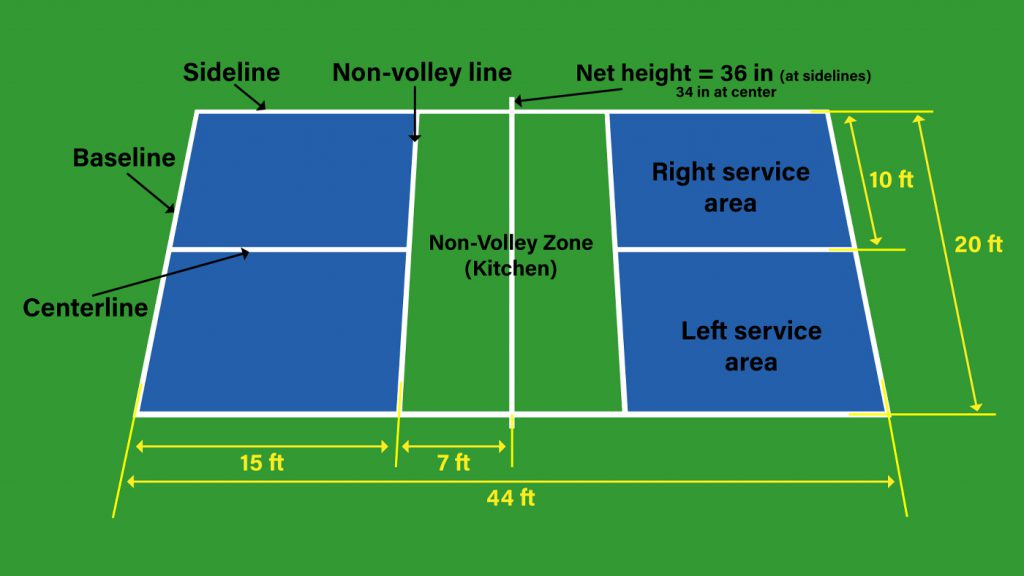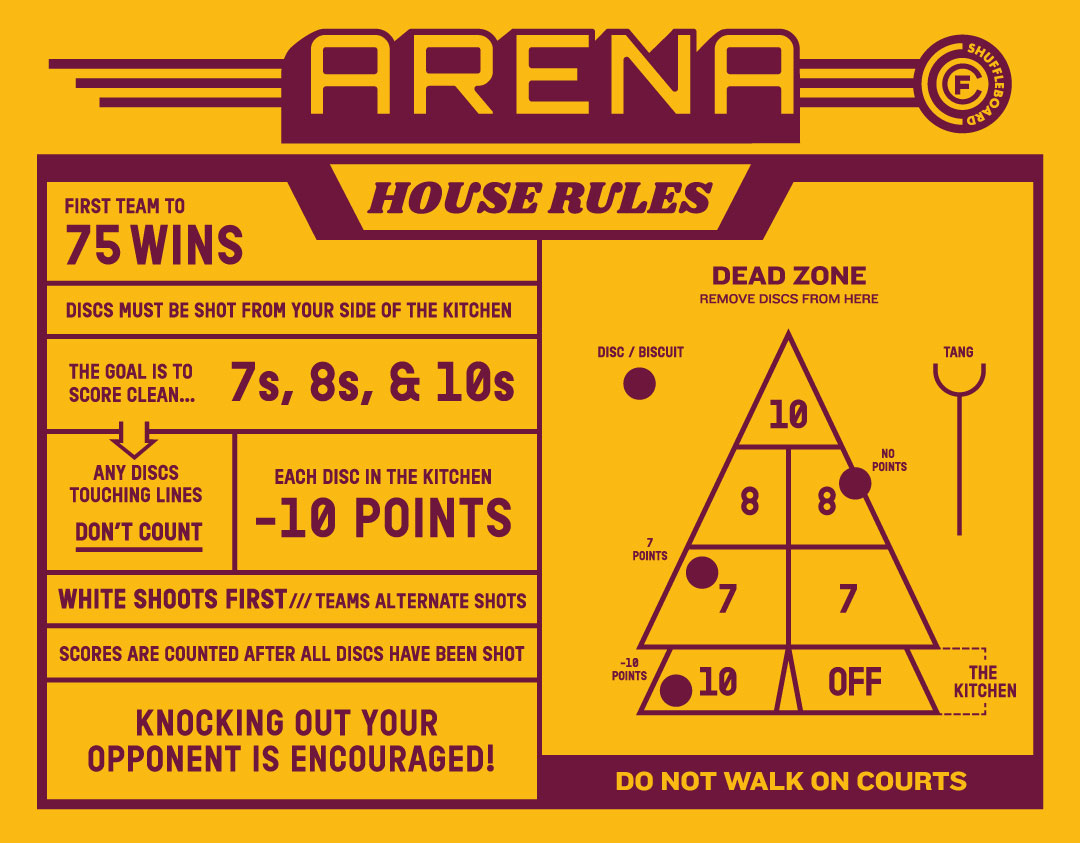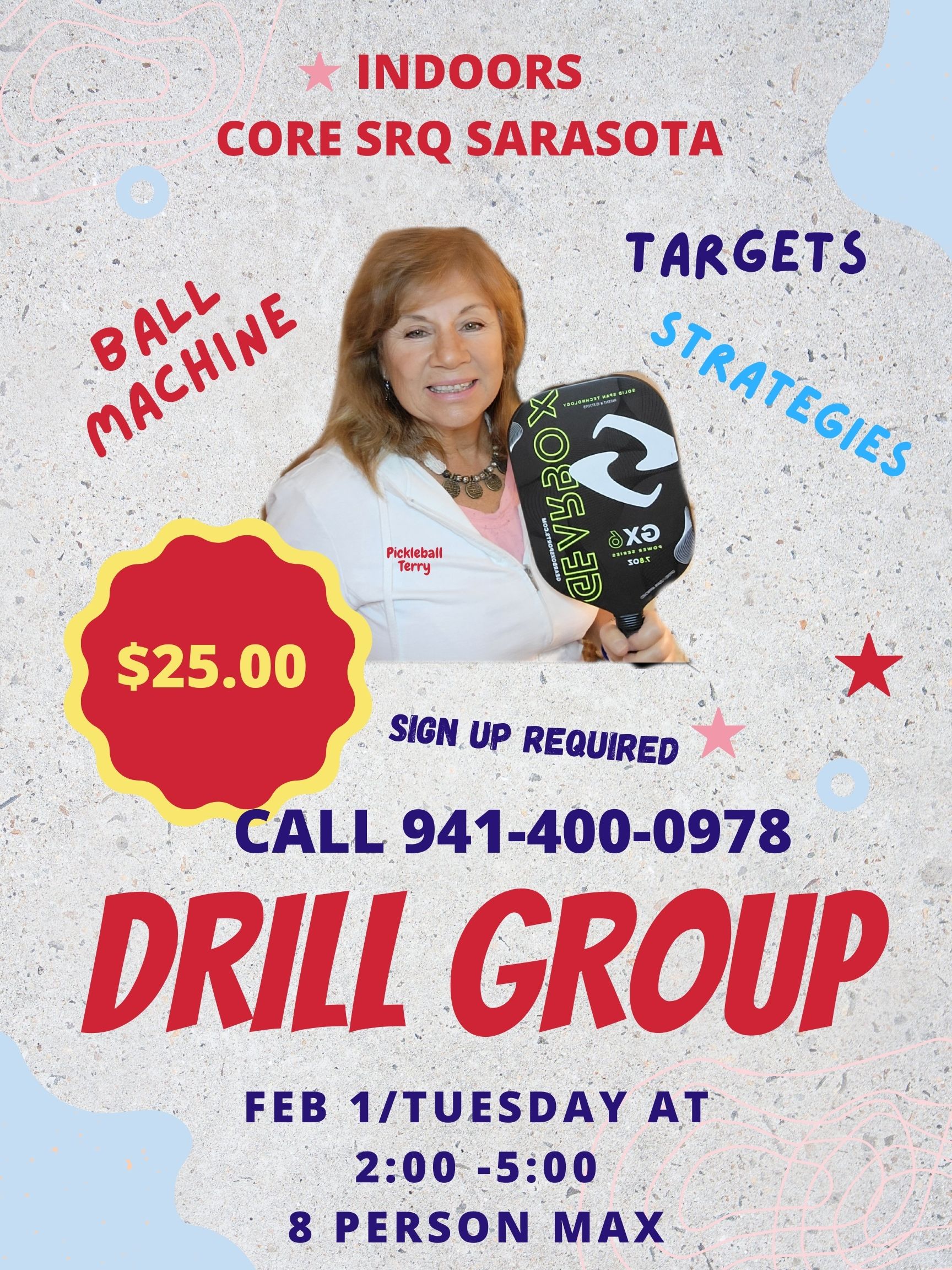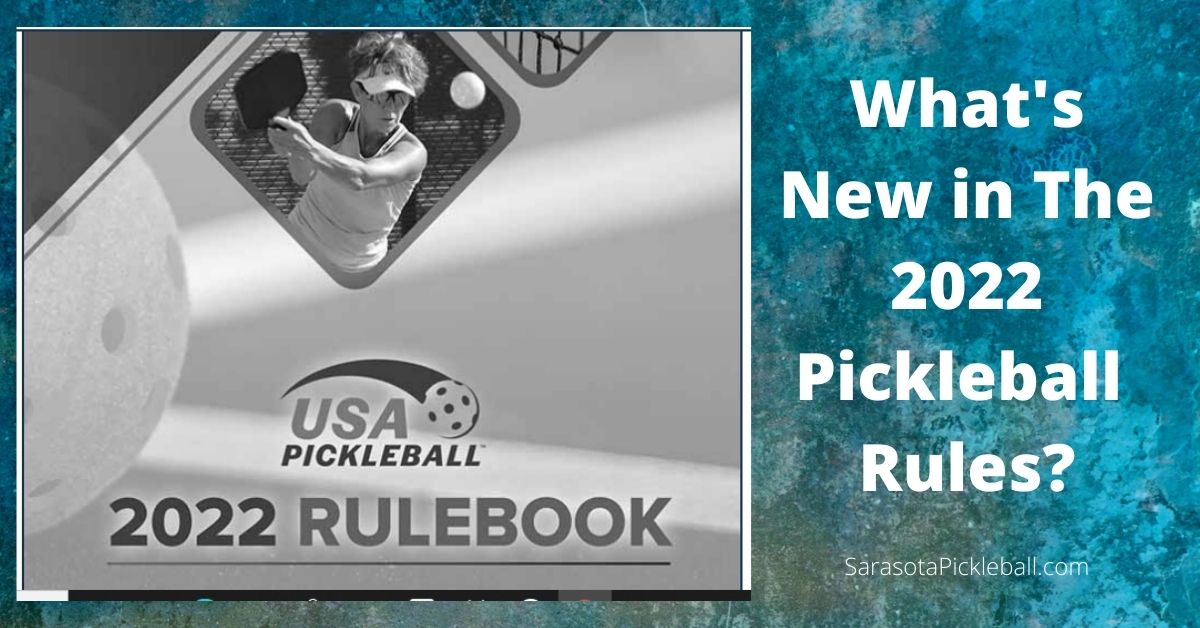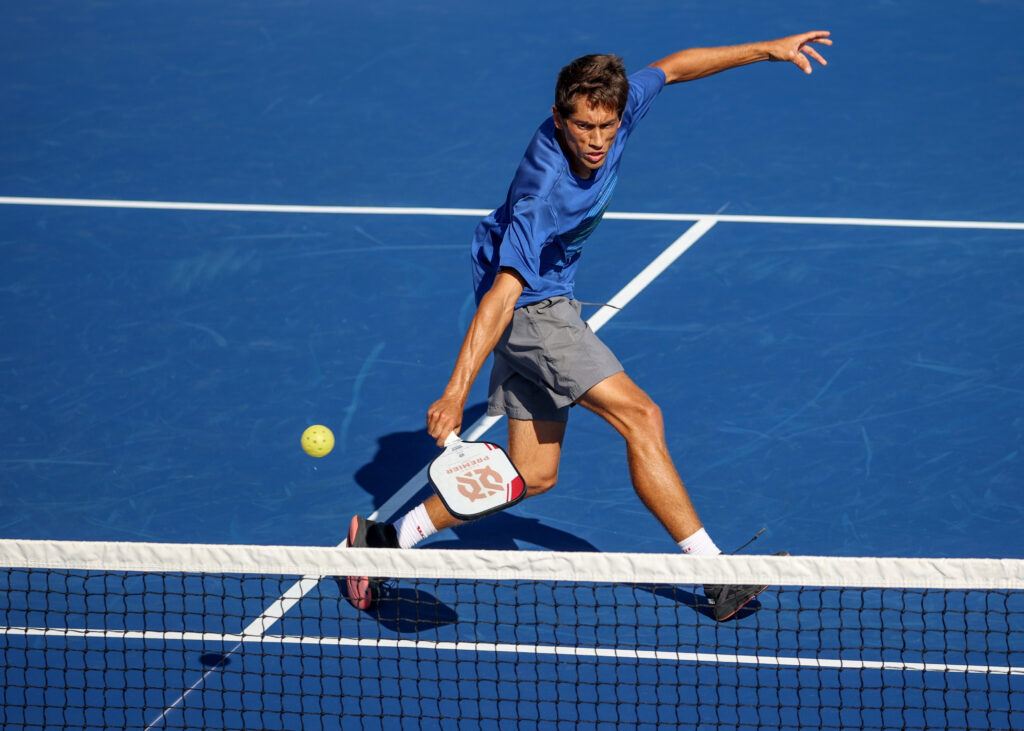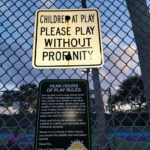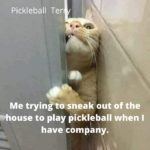What makes pickleball the fastest growing sport in the country right now? Is it because it is simple to learn? No. (The scoring system is enough to spin a beginner’s head off.) Is it because it is easy to play? Yes and no. It was easy when I started and now…wham! The balls come at me at lightning speed.
So, what makes it the fastest growing sport in the country? Answer: It is because of the OPEN PLAY/DROP-IN part that makes it so popular.
Blink Outdoor Camera – Early Prime Day Deals
My friend told me she went to a hoity toity tennis club and they were playing something called POP TENNIS. “Have you ever played?” she said enthusiastically. I admitted I had never heard of it. “It’s going to be the new craze,” she told me.
I Googled it. They use 1/2 a tennis court. Same rules as tennis. Smaller racket. Foam ball. Touted as EASIER on the knees than regular tennis. Then I noticed that the YouTube video I was watching was from 6 years ago. Why hasn’t that caught on like pickleball? Because you have to belong to a club. Then you have to get 3 other people to play. Yada yada yada. That’s sort of where tennis has failed, hasn’t it?
I don’t want the pressure of having to find 3 other people to play. BORING! Troublesome! What I want to do. and thousands of other pickleball players want to do, is go to the courts and drop into a game. If you are opening COUNTY COURTS and requiring people to reserve courts to play pickleball, you are missing the point. The beauty of pickleball is being able to go to a court and play with players who are soon to be friends. Pickleball is very social. Who wants to play with the same people over and over again. Isn’t that what caused the decline in tennis?
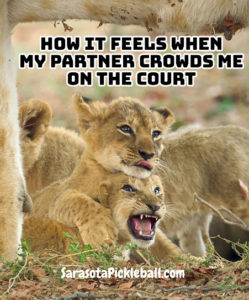
Oh yes, there is a decline in tennis. My business was by tennis courts in the 80s, and there was a line of people to play. The rules posted said something about you could only play 30mins then you had to let the next group of 4 play. By the time I left 20 years later, nobody was playing on the courts and the only thing left on the courts were a few brown leaves getting blow about by the wind.
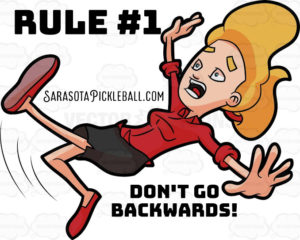
Now. municipalities are quick to realized tennis courts were being under utilized and converted them into pickleball courts. Some, not wanting to offend the few old timers who still played tennis, would combine the 2 sports on the courts by keeping the tennis nets and adding pickleball lines. More progressive Parks and Recs would convert tennis courts entirely into pickleball courts, thereby, keeping up with the ever growing demand for pickleball courts.
Some town and government officials tried to keep their heads in the sand and pretend that pickleball didn’t exist, or it was a temporary trend. You can tell which towns or cities were in the the right progressive direction by how fast they reacted to the growing sport by erecting dedicated pickleball courts for their citizens. It didn’t matter what their budgets were. I have witness the poorest communities react quicker to the trend then the wealthier cities. All depends on who is in charge.
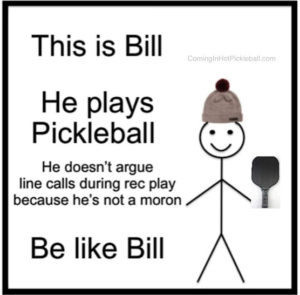
I am now vacationing in Upstate New York in a relatively small town, and they have pickleball courts all around me. I have my pick of where to play. Every place I go they are accommodating and friendly. One place I play is in a beautiful park with 8 dedicated courts that are constantly being maintained. There are 2 boxes with around 6 slots that you can fit 4 paddles into each slot. So, if you want to mix it up, you can put your paddle into any slot you want. The rule is, when you are done playing your game, you must come off the court and put your paddle into a slot even if there are free courts to play in. That way, it keeps it fair. There is no…let’s stay on the court because there are only 2 people waiting. No! That doesn’t happen. These are not your personal, private courts. (To explain how rural it is, the players on the side closest to the barn is the starting side. That cracked me up the first time I heard that.)
People are so incredibly nice and polite. I never heard a harsh word or an argument over a bad call. Nothing!
I was also invited to a social event that everyone was invited to. Around 100 people attended. There were no cliques that only invited their friends. No club you had to belong to. The way pickleball should be.
Another thing I noticed at the park in NY, is that the intermediates play from 8:00am-10:30am then they leave. I thought…hey, where is every one going? It’s summer and they all had something else to do. Then the beginners and novice people show up to play. There were always a couple of volunteers there to assist them. I was blown away by the system. People were so nice. “No, no, finish your game,” one volunteer said to us when our game went a little long and they needed the court for the beginners. Unbelievable kindness.
And, that is my point. That’s what makes pickleball so great. The wonderful fellow players, the drop-in play, the fun of starting your day off with a great sport, the ability to meet new people and to make new friends, and a fantastic way to get some exercise.
Plus, I can go anywhere and look up on Google PICKLEBALL COURTS NEAR ME and pick up a game of pickleball with strangers. What other sport can you do that? None that I can think of.
As being the self-described SARASOTA’S PICKLEBALL AMBASSADOR from Sarasotapickleball.com, my pickleball heart is always in beautiful Sarasota. I am so proud of how far we have come as far as courts to play, indoors and out. But I need to be able to send people to places such as Pompano Park and Longwood Park, etc. that has drop-in pickleball without being told that they went there and were turned away or were treated unfriendly. Please! NO! Welcome our visitors with open arms and make sure they have a good experience.
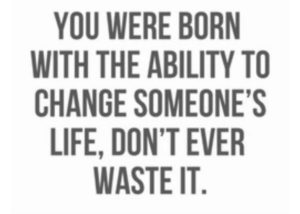
Did I hear that some people are staying on courts and claiming them to be “theirs,” and no one can join them? (Called COURT HOGGING) Please do not start that trend. Keep pickleball the fun and the inviting sport that makes it great.
If you have a county official that says…it should be just like tennis and you can stay on the court and not let anyone play with you, then he or she doesn’t know the first thing about pickleball being a social sport.
If a few players want to drill or play competitively together, by all means, play in the afternoon when the courts are empty. Not in the morning where people expect to be able to use the court you are on. I hear reports and people are not talking nicely about the COURT HOGS. Pickleball news gets around and if you want people talking about you unfavorably in our sweet Sarasota pickleball community, then all you have to do is HOG a court.
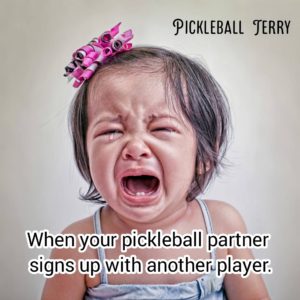
Another annoying thing some pickleball players do (give me a oh yeah if this has happened to you) is they are afraid to make eye contact or say “hi” if they don’t want to play with you. Yup! What the heck?! They are so afraid that they will have to play with you if they make eye contact?! That is so immature it makes me cringe. Be polite please to all players on the courts. If you do have to play with someone you don’t want to play with, it’s only 10 mins. Geezzzzz.

Lastly, these are not your personal courts. If you want private time, play in the afternoon when the courts are empty or build your own courts. Let’s keep pickleball social and enjoyable. That’s why Pickleball is great!
Thanks for reading.
Pickleball Terry/941-400-0978 or Dinkpickleball@gmail.com

Lessons
Consulting
Tournaments
Bootcamps
Gearbox Paddles


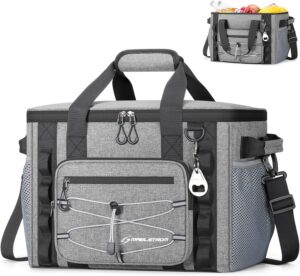


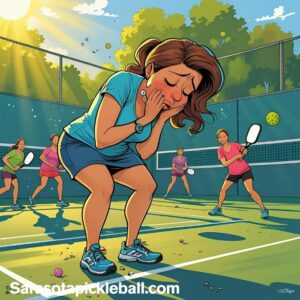

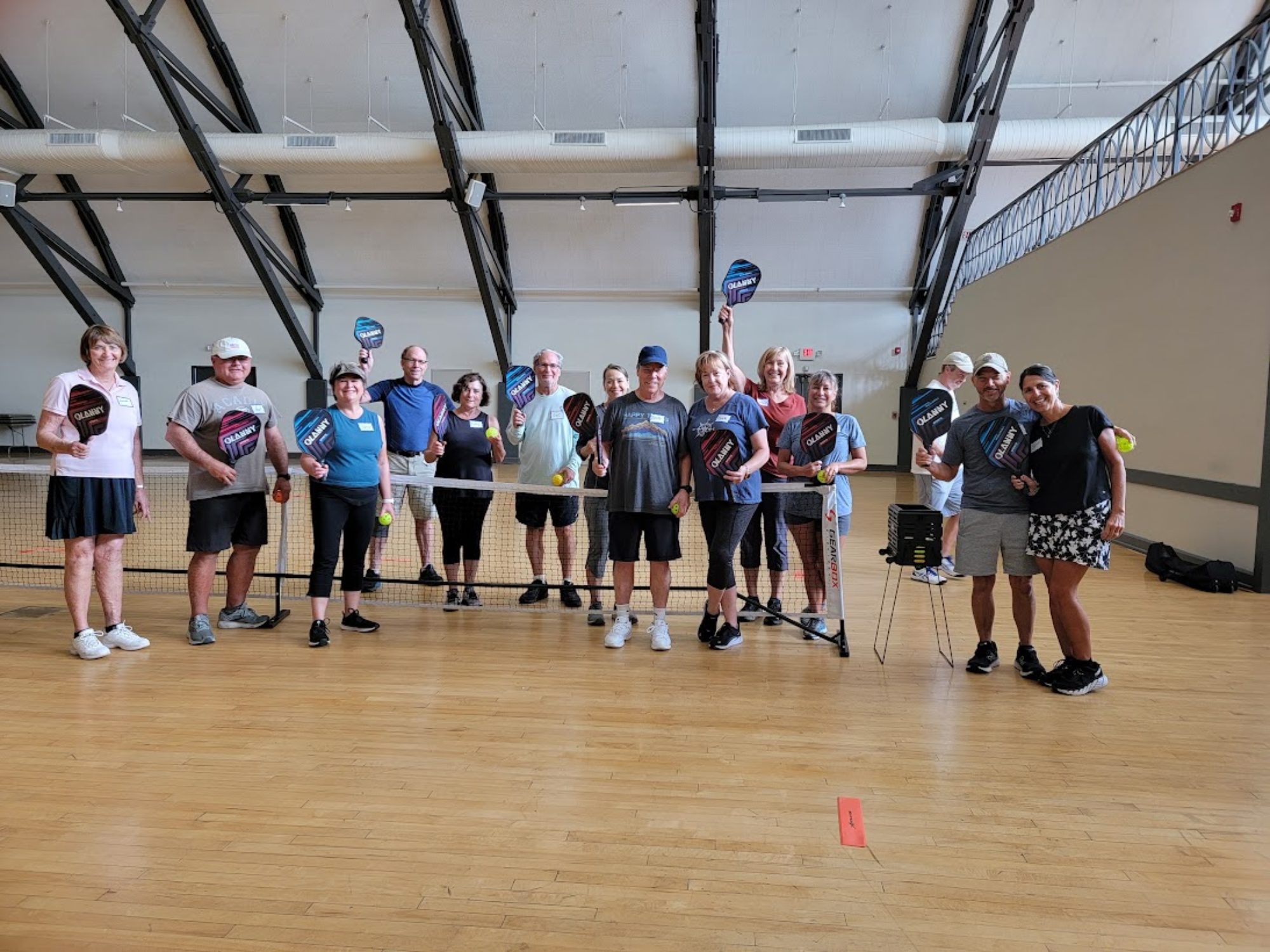

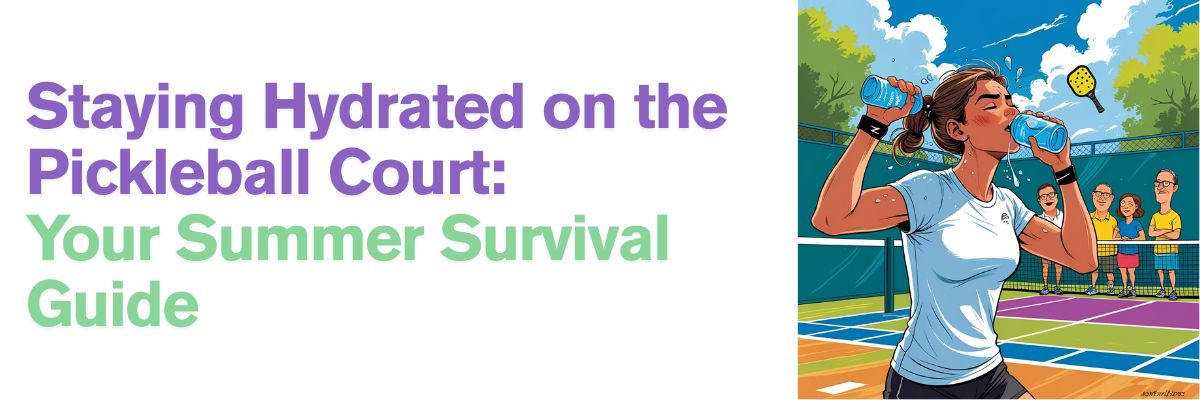
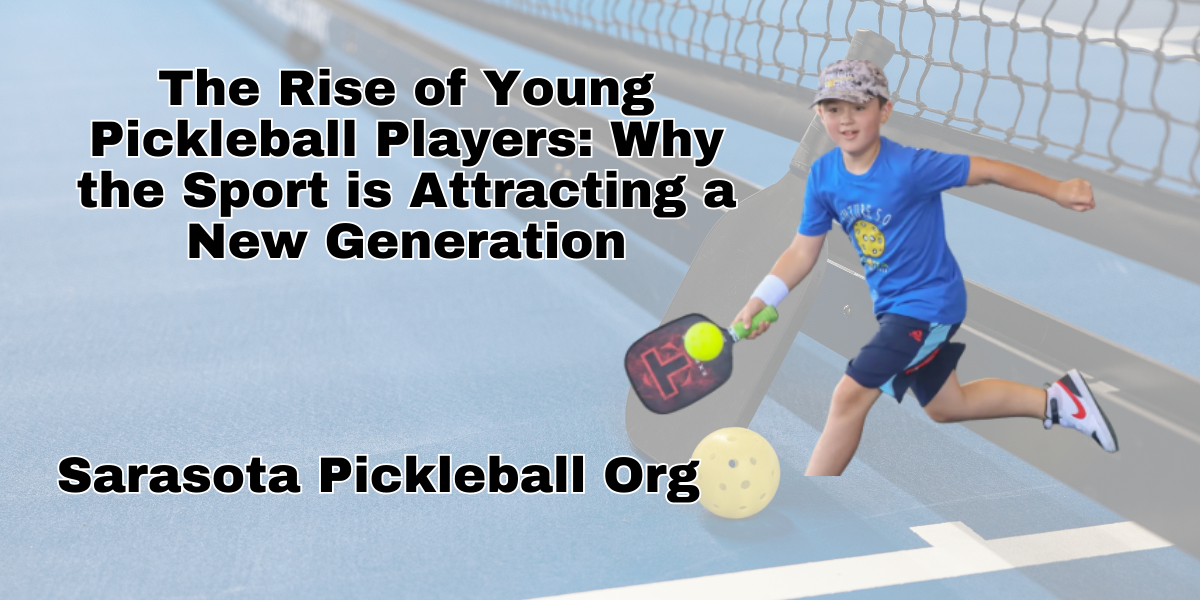
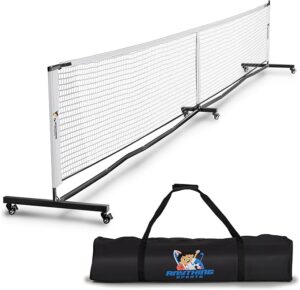


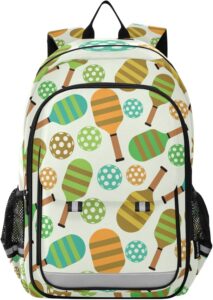

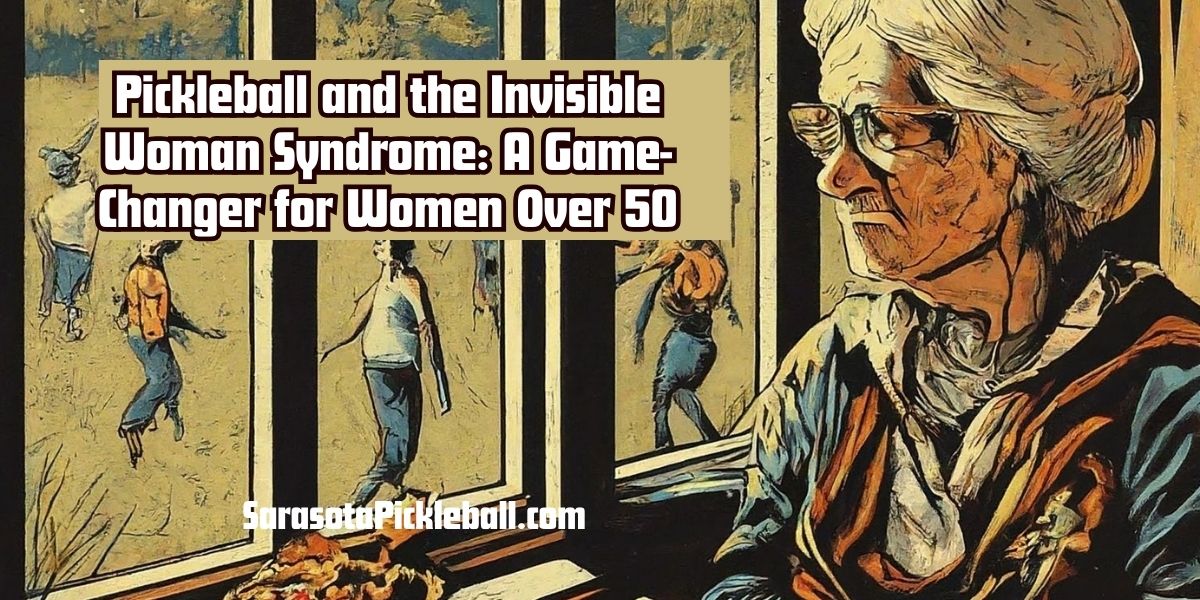





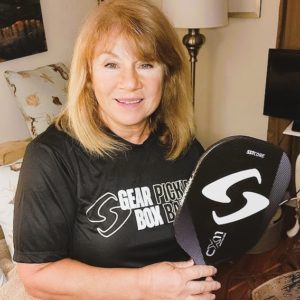
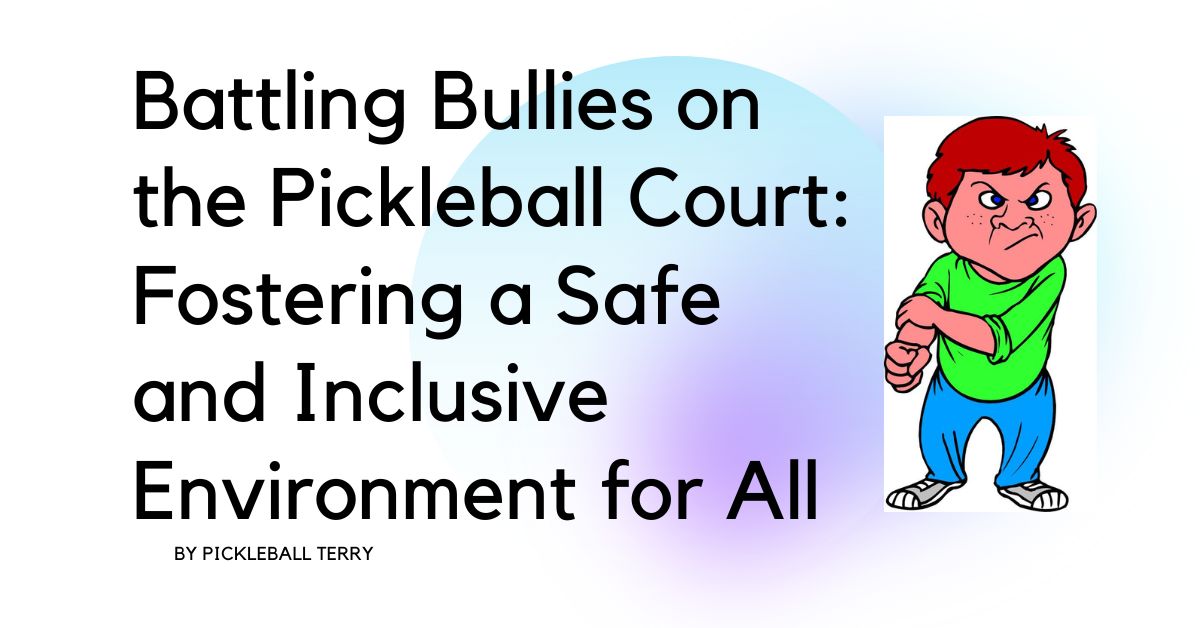
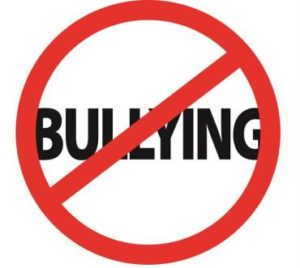
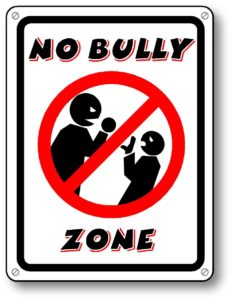










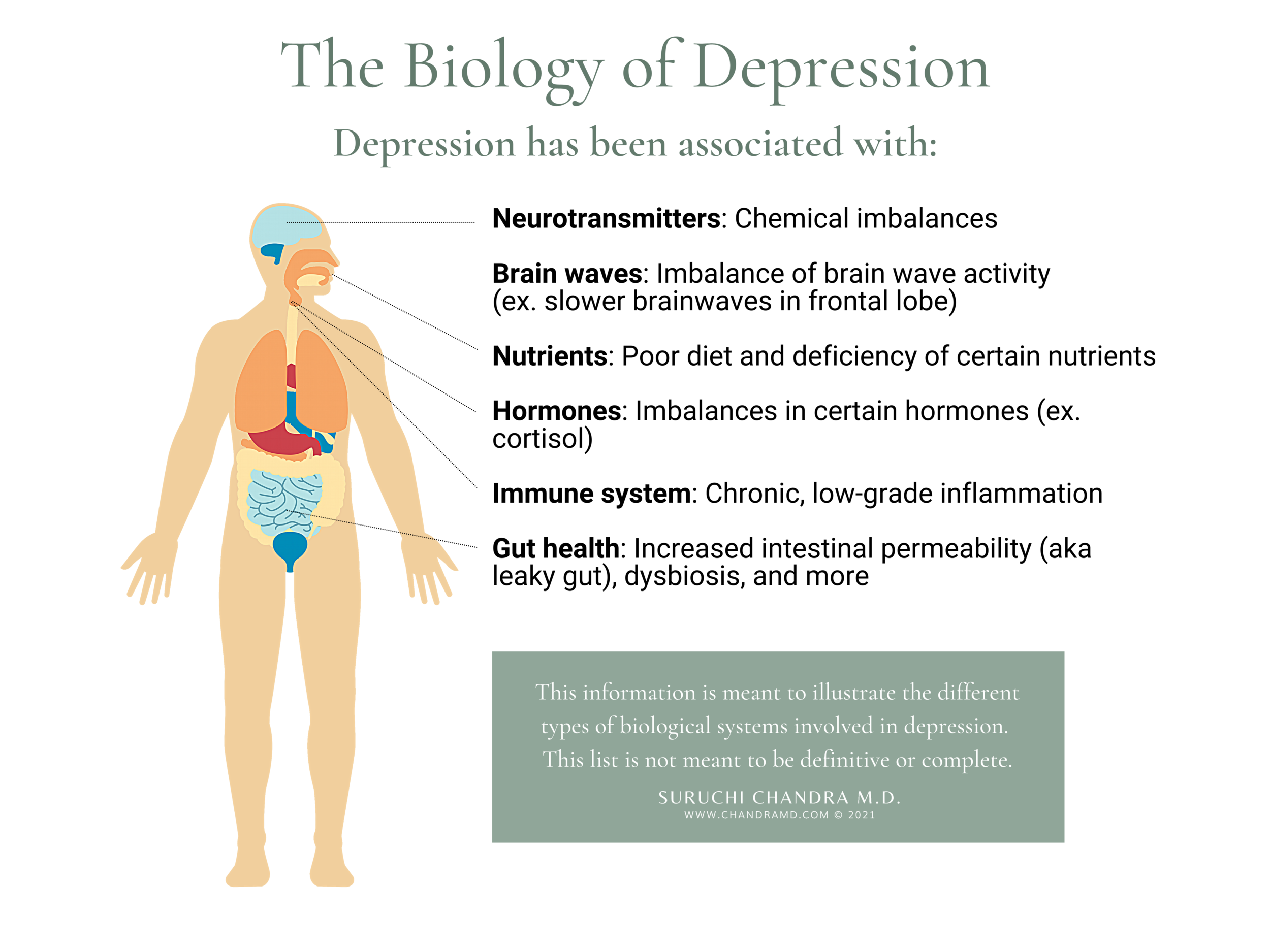


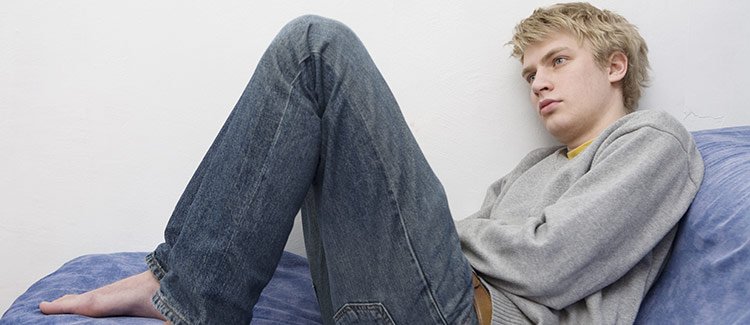
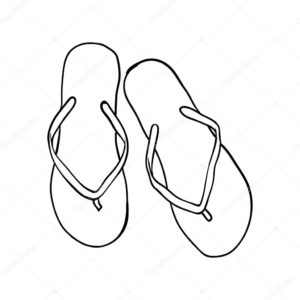
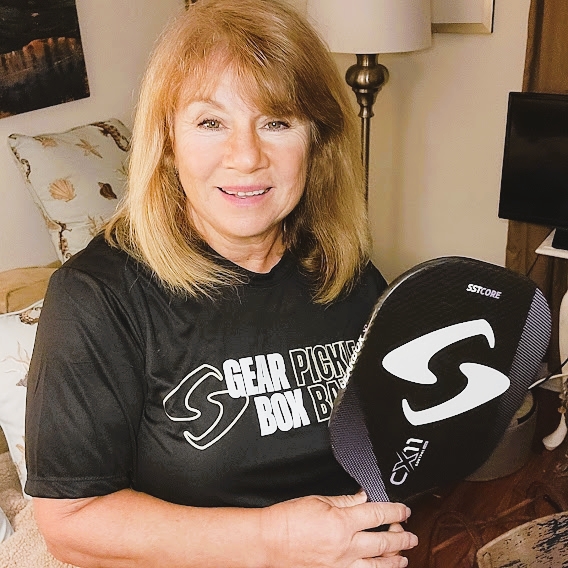

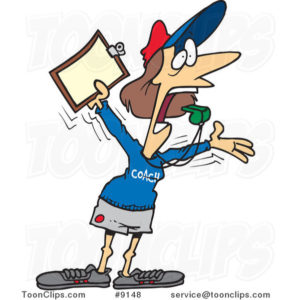 If I had a dollar for every time I am asked a question for clarity about the KITCHEN, A.K.A. the non-volley zone (NVZ), I’d be buying a home in Monaco. The kitchen rules are mind benders for beginners, and especially for former tennis players. I can tell by the way their eyes glaze over that THIS DOES NOT COMPUTE! My patience for repeating and reconfirming the rules again and again deserves an award for determination. Sometimes, my newbie will try to contest the rules, but I calmly repeat, “No, you cannot rush the net and slam the ball unless it bounces in the NVZ.” My newbie’s face, that a second ago had the look of VICTORY, turns into a sour frown. But, but, but….they respond.
If I had a dollar for every time I am asked a question for clarity about the KITCHEN, A.K.A. the non-volley zone (NVZ), I’d be buying a home in Monaco. The kitchen rules are mind benders for beginners, and especially for former tennis players. I can tell by the way their eyes glaze over that THIS DOES NOT COMPUTE! My patience for repeating and reconfirming the rules again and again deserves an award for determination. Sometimes, my newbie will try to contest the rules, but I calmly repeat, “No, you cannot rush the net and slam the ball unless it bounces in the NVZ.” My newbie’s face, that a second ago had the look of VICTORY, turns into a sour frown. But, but, but….they respond.